Is there a way to do "jumpers" without actually using a jumper connector on a PCB? Ideally just using holes or pads.
For example, one idea for doing it is to use pads on the edge of a PCB then using crocodile clips to do the bridge. Should work ok, but requires the "jumper" at the edge of the board.
These jumpers aren't meant to be a permanent part of the final board, but just to use temporarily and easily for things like diagnostics and without adding cost to the final PCB.

